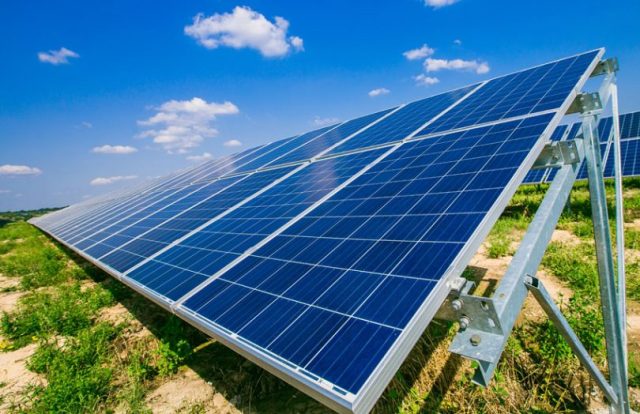The proposed policy changes by the President Donald Trump administration are forcing several solar and wind companies to alter their investment plans in the United States, Reuters news report said.
Bila Solar has suspended its $20 million plan to expand its solar panel factory in Indianapolis, citing a troubling level of uncertainty following recent U.S. policy changes. The expansion would have created an additional 75 jobs.
Heliene is reviewing its plans for a solar cell manufacturing facility in Minnesota, which could cost up to $350 million and employ over 600 people. The company’s CEO stated that financing such a project has become extremely difficult due to shifting tax credit rules and unclear future demand, further complicated by potential changes in trade policy under the Trump administration.
NorSun is reassessing its proposed $620 million solar wafer facility in Tulsa, Oklahoma, as it evaluates how the new legislation and executive orders will impact the broader U.S. solar manufacturing landscape.
Two fully permitted offshore wind projects are now in limbo. US Wind’s 300-megawatt project off the Maryland coast and Iberdrola’s 791 MW New England Wind project off Massachusetts may not move forward, as they face tight deadlines to qualify for shrinking tax credits. Developers are concerned that revised rules around when construction officially begins could invalidate eligibility for federal incentives, further undermining financial viability.
Several other solar manufacturers, including T1 Energy, Imperial Star Solar, SEG Solar, Solx, and ES Foundry, have expressed concerns about the impact of the new law on future demand, although they have not yet altered their investment plans.
The uncertainty stems from the Donald Trump administration’s accelerated rollback of renewable energy tax credits, which now require projects to begin construction within a year or be in service by 2027 to qualify—five years earlier than previously allowed.
In addition, a directive to the Treasury Department to redefine the “beginning of construction” standard has thrown project timelines and financing into question, especially those relying on a long-accepted rule allowing developers to secure credits by spending just 5 percent of project costs and completing construction within four years.
Analysts warn that these policy shifts could cut solar and wind installations by 17 percent and 20 percent respectively over the next decade, risking $263 billion in renewable projects and $110 billion in supporting manufacturing investments, according to Rhodium Group.
Developers are rushing to qualify for remaining incentives, but the complex regulatory environment is making planning and financing extremely difficult, threatening job creation, energy cost stability, and the ability to meet growing electricity demand fueled by data centers and AI infrastructure.
GreentechLead.com News Desk

